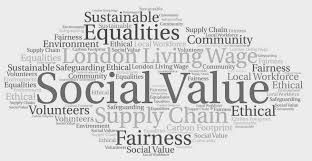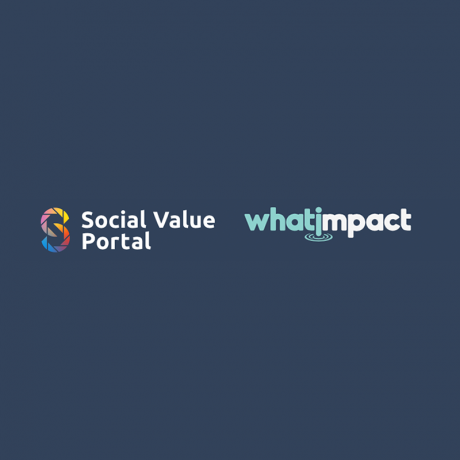Social Value in Procurement: Navigating the New Landscape
The Evolving Framework of Social Value Procurement
The new Procurement Act, National Procurement Policy Statement (NPPS), and PPN 002 represent significant shifts in integrating social value into public procurement. According to Tiia Sammallahti of whatimpact.com, these frameworks strongly emphasise partnerships with Voluntary, Community and Social Enterprise (VCSE) organisations, particularly in key areas like crime reduction, domestic violence prevention, environmental initiatives, and employment programs.
This emphasis creates both opportunities and challenges. While these policies aim to maximise value and social benefit, the transition will require adaptation from both buyers and suppliers. Buyers must develop new evaluation processes that meaningfully assess social value contributions, while suppliers need to articulate their impact more effectively.
Measurement and Reporting Evolution
The procurement landscape has witnessed a significant evolution in how social value is measured and reported. Sammallahti observes that proxy measures initially dominated the field but acknowledges a growing recognition of their limitations in delivering genuine impact.
“Proxies took over, now [there’s a] realisation [that] they do not guarantee and prove impact,” notes Sammallahti. “If proxy measures are used as the procurement outcome targets, there still needs to be an understanding of how to reach them. This understanding comes only from true impact data, which is qualitative, case study-based, and recognises differences of different kinds of solutions for the same problem.”
This shift explains the increasing emphasis on method statements in bidding processes – buyers want evidence that bidders understand how to achieve the promised outcomes, not just that they can promise certain numbers.
Balancing Quantitative and Qualitative Approaches
A comprehensive approach to social value reporting can be done by combining both quantitative metrics and qualitative assessment. Sammallahti emphasises the importance of this dual approach to develop a full understanding of “what works and what does not.”
Different measurement methodologies serve different purposes. For instance, cost-benefit analysis doesn’t attempt to monetize outcomes directly, instead supporting input/output methodology. Other methodologies like SROI emphasise understanding change from the perspective of people who experience or contribute to it. Understanding these distinctions is crucial when selecting appropriate measurement frameworks.
NPPS and PPN002 are likely to further enhance the appreciation for VCSE reporting capabilities. These organisations often possess deep expertise in measuring genuine social impact, which should be leveraged more extensively if buyers follow through on policy intentions.
The Role of Assurance
As social value becomes more central to procurement decisions, the need for robust assurance mechanisms grows. Sammallahti clarifies that social value data goes beyond simple inputs and outputs, which merely demonstrate that a transaction occurred without defining outcomes or impact.
“Hence, there needs to be some validation of the change being created. Assurance is naturally needed in the form of a measurement method and scope,” explains Sammallahti.
This validation process ensures that reported social value genuinely represents meaningful change rather than just activity metrics.
Advice for professionals in Social Value
For those working on social value planning and management, Sammallahti offers practical guidance that distinguishes between internal activities and external partnerships. In both cases, monitoring delivery data on inputs, outputs, and outcomes is essential – not just for audit readiness but to evaluate whether social value investments achieved their intended impact.
“There has to be tools to manage this,” Sammallahti advises, advocating for platform and reporting technology rather than relying on spreadsheets, which are inadequate for maintaining “robust data with qualitative indicators and case studies.”
For partnerships with VCSEs, Sammallahti emphasises that these organisations are uniquely positioned to report on impact and provide evidence. This reinforces the importance of selecting the right partners and establishing clear reporting mechanisms.
Looking Forward
As the procurement landscape continues to evolve, organisations must develop more sophisticated approaches to social value measurement and reporting. The shift toward meaningful partnerships with VCSEs, combined with robust data collection and analysis capabilities, will be essential for navigating this new environment successfully.
The emerging emphasis on both quantitative and qualitative data, supported by appropriate assurance mechanisms, signals a maturing approach to social value – one that prioritises genuine impact over superficial metrics. For organisations seeking to excel in this landscape, investing in appropriate technology platforms and developing meaningful VCSE partnerships will be crucial steps toward success.





